Mount Elbrus is the highest mountain in Russia and Europe. It is situated in the western part of the Caucasus and is the highest peak of the Caucasus Mountains. The dormant volcano rises 5,642 m (18,510 ft) above sea level; it is the highest stratovolcano in Eurasia and the 10th-most prominent peak in the world. The mountain stands in Southern Russia, in the Russian republic of Kabardino-Balkaria.
Elbrus has two summits, both of which are dormant volcanic domes. The taller, western summit is 5,642 metres (18,510 ft); the eastern summit is 5,621 metres (18,442 ft). The eastern summit was first ascended on 10 July 1829 by a Circassian man named Khillar Khashirov, and the western summit in 1874 by a British expedition led by F. Crauford Grove and including Frederick Gardner, Horace Walker and the Swiss guide Peter Knubel.
In the Periplus of the Euxine Sea, written in Greek in ca. 130, Arrian mentioned a summit in the Caucasus named Strobilos: "… as we turned from Astelphos toward Dioscurias, we saw the Caucasus range […] One peak of the Caucasus was pointed out—the name of the peak was Strobilos—where according to the story Prometheus was hanged by Hephaistos on Zeus' order".[1] (In Greek mythology, the Titan Prometheus was chained in the Caucasus as a punishment for stealing fire from the gods and giving it to mankind.) Arrian's Strobilos, or Latinized Strobilus,[2] was later identified as Elbrus by some writers such as Douglas Freshfield in The Exploration of the Caucasus (1896). Freshfield called Elbrus "pinecone-shaped"[3] for the sake of etymology. The ancient Greek word strobilos denotes rotating or twisted objects such as a spinning top or a pinecone.[4]
Early ascents (1829–1930s)The lower of the two summits was first ascended on 22 July [O.S. 10 July] 1829 by Khillar Khachirov, a guide for an Imperial Russian army scientific expedition led by General Georgi Emmanuel, and the higher (by about 40 m; 130 ft) in 1874 by an English expedition led by F. Crauford Grove and including Frederick Gardner, Horace Walker, and the Swiss guide Peter Knubel from the Valais canton and guide Ahiya Sottaiev. During the early years of the Soviet Union, mountaineering became a popular sport of the populace, and there was tremendous traffic on the mountain. On 17 March 1936, a group of 33 inexperienced Komsomol members attempted the mountain and ended up suffering four fatalities when they slipped on the ice and fell to their deaths.[5]
Second World WarDuring the Battle of the Caucasus in World War II, the Wehrmacht occupied the area, surrounding the mountain from August 1942 to February 1943 with Gebirgsjäger from the 1st Mountain Division.[6] The Nazi swastika was placed on the summit of Mount Elbrus on 21 August 1942.[7] A possibly apocryphal story tells of a Soviet pilot being given a medal for bombing the main mountaineering hut, Priyut 11 (Приют одиннадцати, "Refuge of the 11"), while it was occupied. He was later nominated for a medal for not hitting the hut, but instead, the German fuel supply, leaving the hut standing for future generations. When news reached Adolf Hitler that a detachment of mountaineers was sent by Hubert Lanz, the general officer commanding the German division, to climb to the summit of Elbrus and plant the swastika flag at its top, he reportedly flew into a rage, called the achievement a "stunt" and threatened to court martial the general.[8][9] Nazi swastikas were removed by USSR army mountaineers on 13 and 17 February 1943.[10] Mt. Elbrus was briefly incorporated into the Georgian SSR from 1944 - 1957.
Post-WWIIThe Soviet Union encouraged ascents of Elbrus, and in 1956 it was climbed en masse by 400 mountaineers to mark the 400th anniversary of the incorporation of Kabardino-Balkaria, the Autonomous Soviet Socialist Republic where Elbrus was located.
Between 1959 and 1976, a cable car system was built in stages that can take visitors as high as 3,800 metres (12,500 ft).[11]
National parkSince 1986, Elbrus has been incorporated into Prielbrusye National Park, one of the Protected areas of Russia.
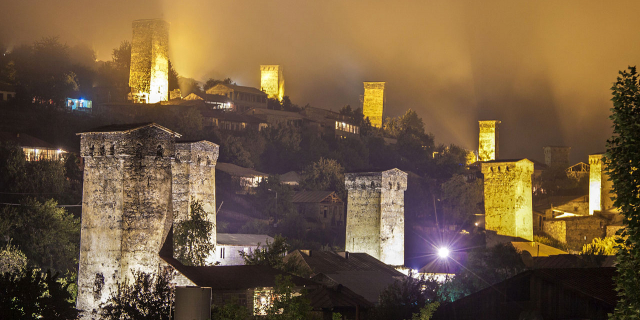




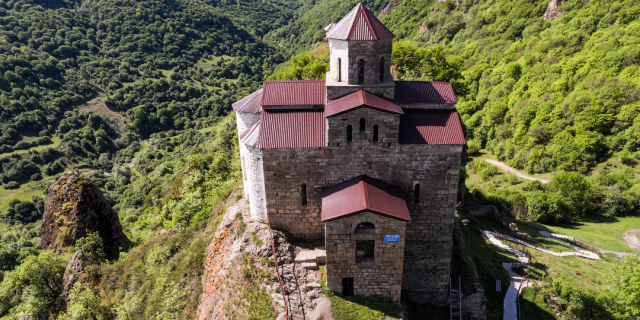

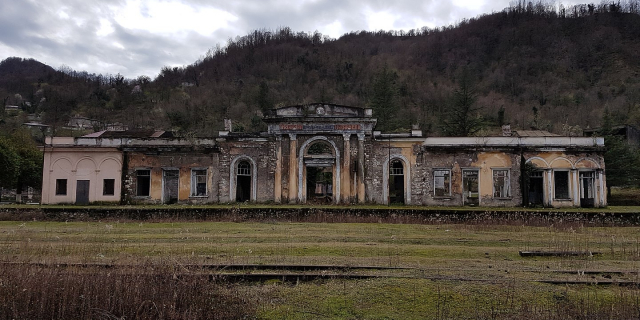

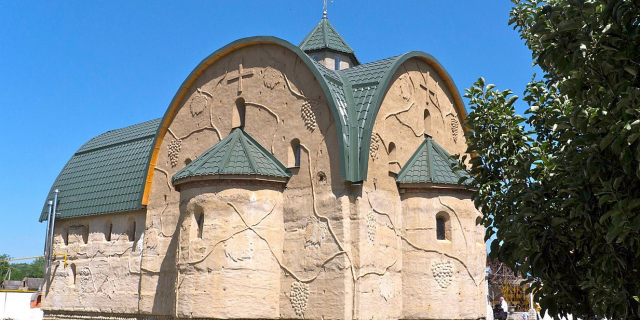
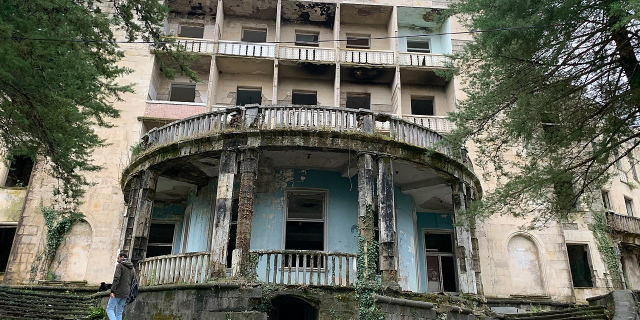

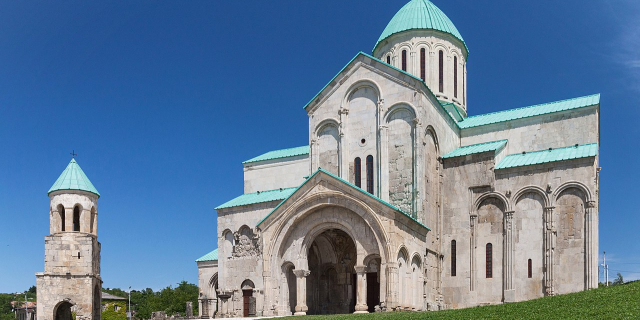





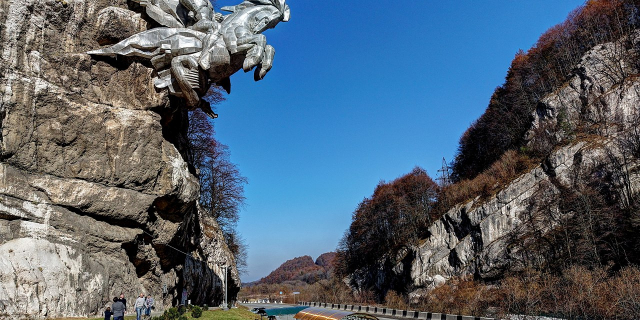





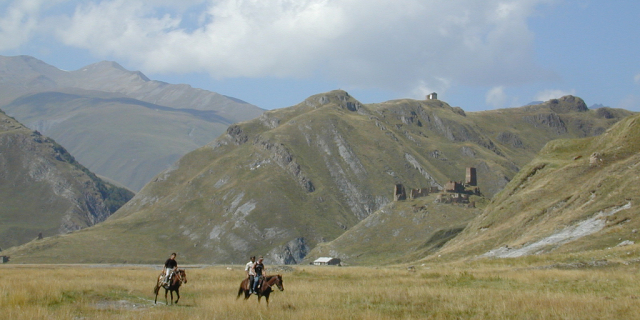

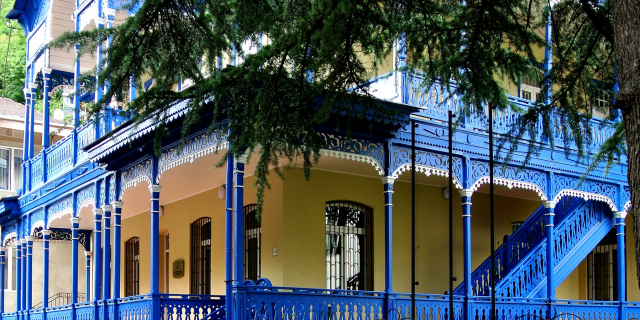
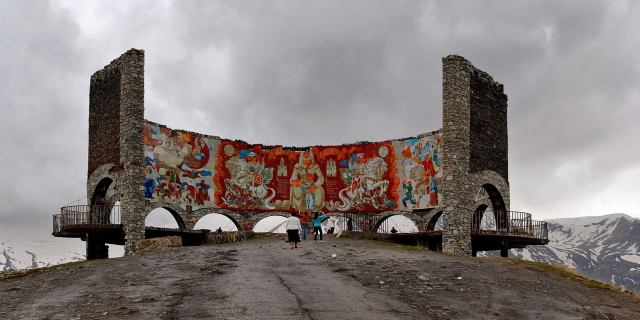

Add new comment